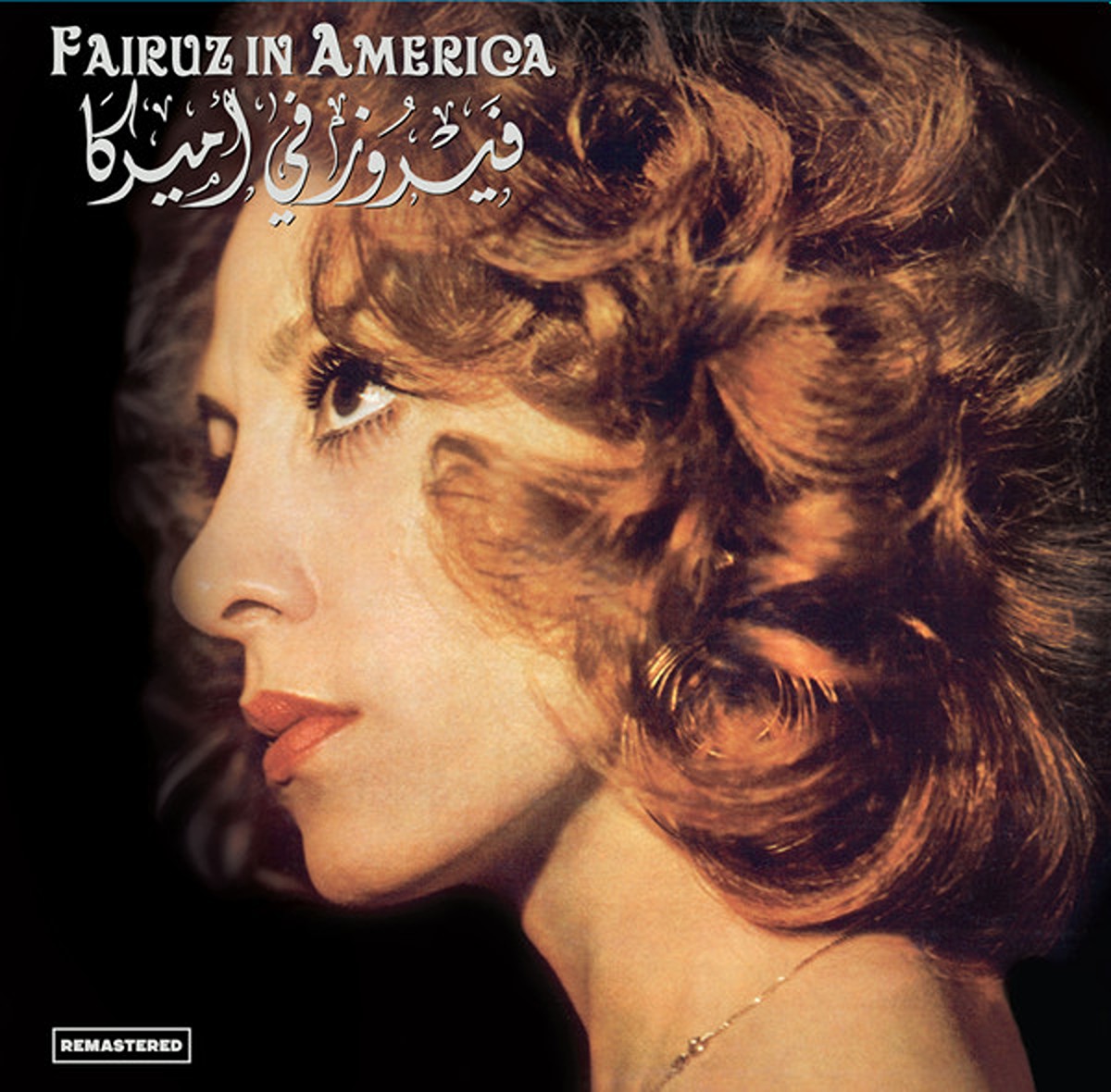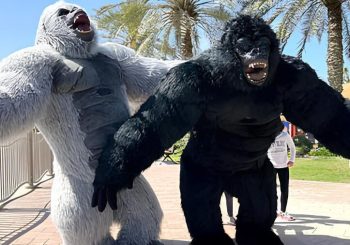Fairuz’s voice was not simply a mere melody, nor a passive carrier of lyrics. For her, singing was a deeper yearning — a human quest — to grasp the very essence of being. As she sings in her famously known song, Aateny El Nay We Ghanny (Give me the Flute and Sing), “singing is the secret of existence, and the sound of the flute remains after the end of existence.“
On a first listen, the richness of her voice alone can drown out everything else, creating a sonic cocoon where only her song exists. Yet, with each closer listen, the beauty of her poetic lyrics unlocks a new layer of depth to her music. She was more than just a singer; she was a healer, a poet, cultural icon, a dreamer, and most certainly, a channel through which the very soul of Arab art flowed.
Fairuz’s music transcends generations for Arab immigrants.
Her timeless melodies intertwine with Arab literature, drawing upon the works of countless writers and poets who came before her. This fusion, for many young Arabs living away from their homeland, can often be the only thread of connection to their heritage and sense of belonging.
To celebrate Fairuz’s role in keeping Arab culture alive, the Arab Thought Foundation — an Arab independent non-governmental organization — put together a special book called “Fairuz, A Homeland.” This book collects articles and stories about how Fairuz’s music blends the old and the new, as well as local traditions with the wider Arab world.
Fairuz’s voice was not merely about national pride; it filled hearts with a deep sense of belonging, a feeling that went beyond borders. Her songs painted a loving portrait of Lebanon, from its majestic mountains down to the tiniest village.
Here are some examples of her songs that used ancient Lebanese folklore and Arabic poetry to create a shared heritage for the entire Arab world.
Jisr El Qamar (The Moon’s Bridge)
Fairuz’s musical performance in 1962 of ‘The Moon’s Bridge‘ – a folklore tale – is a great example of how she brought Lebanese folklore and legends to life. The story tells of two villages locked in a feud, where Fairuz plays a woman captured on the bridge between them.
She reveals a hidden treasure beneath the bridge, suggesting they work together to find it instead of fighting. At the end of the musical, Fairuz bridges the gap, reminding them of their shared heritage – the land and culture of Lebanon itself. The play reflects the growing tensions between pan-Arab nationalism and Lebanese identity. Ultimately, it’s their common ground, Lebanon, that brings them together.
Wahdoun (Alone)
The song ‘Wahdon’, released in 1979, tells a real personal story based on a poem written by poet Talal Haidar. Every day, on his balcony overlooking the border forest, Talal Haidar sipped his coffee and noticed three young men. They would disappear into the woods each morning and return at sunset, always greeting him with a smile.
After Haidar grew curious to meet them and talk to them, they suddenly disappeared and never again appeared before his balcony. Then, days later, a newspaper headline revealed the faces of three Palestinian fighters who were killed on a mission, which Haidar recognized as the same faces that he observed everyday.
Inspired by their sacrifice and sudden loss, Haidar wrote a poem that became the song “Wahdon” in 1979.
Shaal (Scarf)
Fairuz’s song “Shaal“, released in 1964, is based on a poem by Lebanese poet Said Akl that describes a woman in a flowing lilac shawl. The music reflects the lightness and grace of the shawl, with its soft rhythms mimicking its movement.
The lyrics, however, offer a deeper meaning. They speak of embracing a state of purity and spiritual connection. For the poet, this untouched state represents the highest form of being, almost divine. Fairuz’s ethereal voice, combined with the light and airy music, captures this sense of purity and spiritual elevation.
Aateny El Nay We Ghanny (Give me the Flute and Sing)
The song “Aateny El Nay We Ghanny” (Give Me the Flute and Sing), released in 1964, is a poetic conversation set to music. The lyrics are based on a poem by the renowned Lebanese poet and writer Khalil Gibran, which explores themes of nature, solace, and the enduring power of art.
The core of the song lies in the repeated line: “Aateny el nay wa-ghanny” (Give me the flute and sing). This line expresses a desire for an elevated state of being, one that transcends the materialistic world on planet Earth. It’s a call for music – for the flute’s melody to carry the poet away from the burdens of existence.
The verses offer glimpses into the poet’s dissatisfaction with a rigid and materialistic existence. Instead, they long for the freedom and simplicity of the forest, a symbol of nature’s beauty and untamed spirit.






Comment (1)
[…] post Fairuz: A Musical Bridge Between Generations of Arab Immigrants first appeared on Egyptian […]